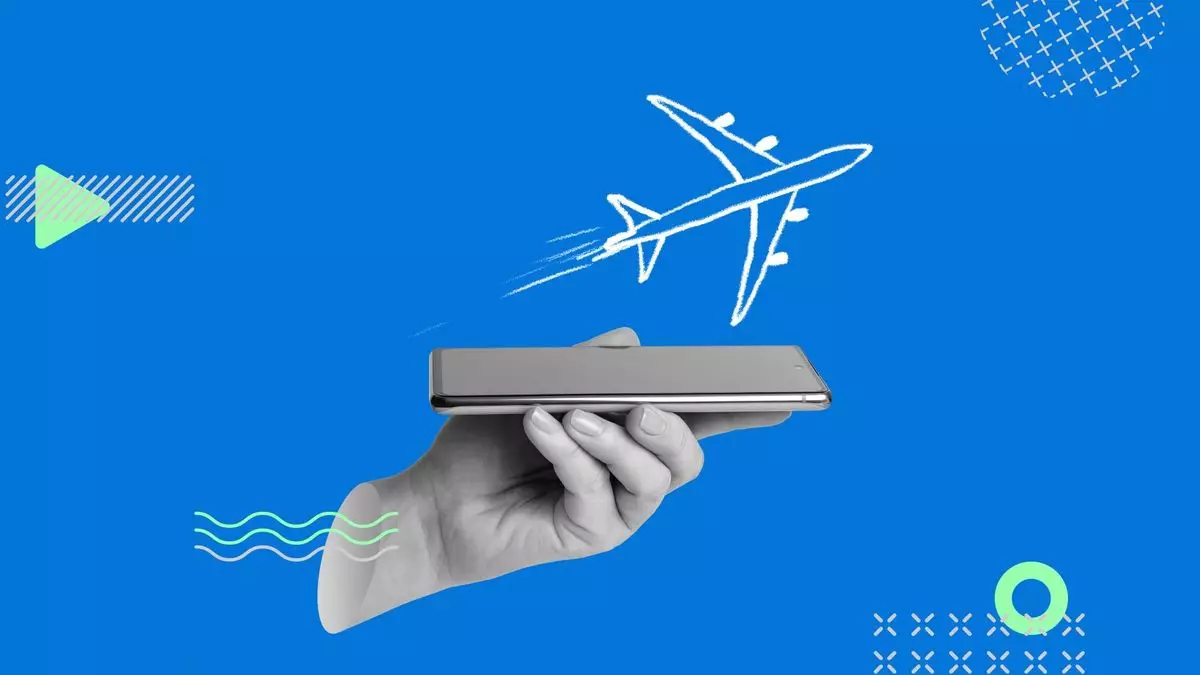United Airlines’ latest foray into New Distribution Capability (NDC) technology marks an exciting shift in the way travel advisors and corporations interact with air travel bookings. The recent upgrade to NDC version 10.9 has been touted as a significant game changer by industry experts, with AmTrav’s CEO, Jeff Klee, coining the term “Tie-Goes-to-NDC Day.” This term encapsulates a pivotal moment when NDC functionality can compete with traditional legacy systems on equal grounds—not just on price, but also on value and user experience. The transformational aspect of this upgrade lies in its potential to redefine how travel advisors perceive air ticketing across various platforms.
While traditional Global Distribution Systems (GDS) have been the backbone of travel bookings for decades, United’s push towards NDC represents a crucial evolution in the travel landscape. However, the capabilities experienced through GDS remain limited compared to the robust features offered through direct connections and NDC aggregators. This brings us to the heart of the matter: can United’s NDC development truly align with the needs of contemporary travel management companies?
Breaking Down Barriers: Key Enhancements
One of the standout enhancements introduced in this upgrade is the ability for agencies to seamlessly exchange tickets between legacy and NDC systems—a feature that streamlines the booking process significantly. Previously, travel advisors faced substantial hurdles, particularly when seeking to apply unused ticket credits after evaluating available flights. With the ability to allocate credits toward the end of the booking process, the workflow for travel advisors becomes much more intuitive, allowing for smarter, more strategic decisions.
Moreover, Klee emphasized the importance of flexibility in corporate travel practices. The removal of the requirement for instant ticketing on bookings made within 26 hours of a flight is a noteworthy improvement, catering to businesses that require time to approve travel itineraries. This shift not only enhances user experience but also cultivates a more productive environment for travel management teams.
Although these changes have paved the way for improved operations, Klee points out that numerous servicing gaps persist. For instance, when airlines extend exceptions for ticketing rules, the absence of a mechanism to enforce pricing leads to confusion and inefficiency. Despite these challenges, United’s NDC appears to be a step forward in tackling the generational needs of travel advisors.
Navigating the Complexities: Advantages and Limitations of NDC
Despite its advantages, the implementation of United’s NDC does not guarantee uniform benefits across all users. For travel advisors who utilize various GDS platforms, the limitations become evident—certain functionalities and ancillary products may not be accessible. This provokes a significant discussion about whether these systems can keep pace with an industry shift towards more innovative technology. The disparity in experiences raises questions about the future relevance of GDSs as they strive to maintain their market position.
Glenn Hollister, United’s VP of Sales and Effectiveness, divulged that a substantial portion of United tickets are now being sold through dynamically priced fares unavailable through legacy GDS channels. This progressive move leaves those confined to GDS at a disadvantage, unable to tap into the full spectrum of United’s offerings. With 45% to 48% of tickets relying on continuously priced fares as well as ancillary products, the competitive edge is decidedly leaning towards NDC-enabled platforms.
The clarity of fare availability is just one of the many ways that NDC outperforms traditional systems. While Sabre and Amadeus have pledged to facilitate access to United NDC content, travelers ought to consider whether these platforms can truly deliver the level of integration and responsiveness expected in a fast-paced booking environment.
A New Era in Travel Technology
The landscape of travel technology is inescapably shifting toward NDC-based solutions. As more agencies like AmTrav form direct connections with airline NDC applications, the speed at which changes can be implemented will become a crucial factor in our industry. However, for those agencies reliant on GDS systems, the evolution feels less like a revolution and more like an uphill battle.
As travel professionals navigate this transition, the insights shared by executives such as Klee and Christensen underline the importance of adapting to change. The competitive dynamics of the travel industry are evolving rapidly, and agencies must embrace these new technologies to unlock potential revenue streams while catering to the fresh demands of their clients.
The potential payoff for embracing NDC is enormous—enhanced customer satisfaction, greater flexibility, and richer content offerings lie at the heart of this modern approach to air travel. However, whether adopting NDC can thrive in synergy with existing GDS platforms remains a question that underlines the complexity and necessity for innovation in the travel sector.

